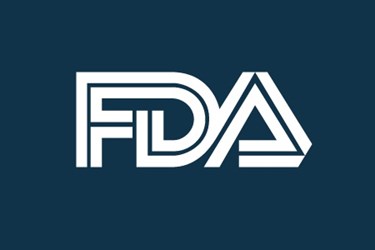FDA Warning Letters Decline For First Time In Five Years
By Jof Enriquez,
Follow me on Twitter @jofenriq

For the first time since 2009, the number of warning letters issued by the U.S. Food and Drug Administration (FDA) to medical device companies decreased.
According to the regulatory agency’s Center for Devices & Radiological Health (CDRH) 2013 Annual FDA Medical Device Quality System Data, there were 144 warning letters with CFR 820 (Quality System or QS regulation) deficiencies issued from January 1, 2013 to December 31, 2013. In comparison, the FDA issued 164 warning letters in 2012, 122 in 2011, 89 in 2010, and 77 in 2009.
The three most common warning letters in 2013 were in the following subsystems:
- Corrective and preventive action procedures (21 CFR 820.100(a))
- Complaint files, specifically establishing and maintaining procedures for receiving, reviewing, and evaluating complaints (21 CFR 820.198(a))
- Quality audit procedures (21 CFR 820.22)
Design history violations in warning letters decreased from 51 in 2012 to 44 in 2013, according to the report.
Per the CDRH document, 4 percent of domestic firms and 16 percent of foreign firms inspected warning letters they received. The total inspectional observations dropped by 17 percent in 2013. There was a 3 percent decline in the number of QS surveillance inspections, largely due to the shifting of agency resources to more foreign inspections. There were 1,741 domestic and 460 foreign routine medical device QS inspections in 2013, compared to 1,859 domestic and 393 foreign inspections in 2012.
Germany topped the list of foreign inspections in 2013 with 86, followed by China (82), Canada (35), France (33), and Japan and South Korea with 24 visits each.
The FDA said the release of the report was in support of the agency’s Transparency Initiative and Case for Quality program to help manufacturers improve medical device quality, pinpoint areas of concern, and to assist companies to avoid receiving warning letters.
Meanwhile, Sparta Systems speculated that the decline in the number of warning letters between 2012 and June 30 of this year “was due to fewer FDA inspections as a result of reduced funding for the FDA and an industry-wide freeze on manufacturers’ FDA fees,” according to The Pharma Letter. Sparta Systems said that even with a 12.4 percent drop of warning letters from 2012 to 2014, “the number of warning letters sent by the US Food and Drug Administration increased substantially by 78% from 2007 to 2013, with pharma and biotech companies accounting for one of the highest number of warning letters.” Sparta predicted a spike in warning letters in 2015 due to a higher budget for the FDA.

